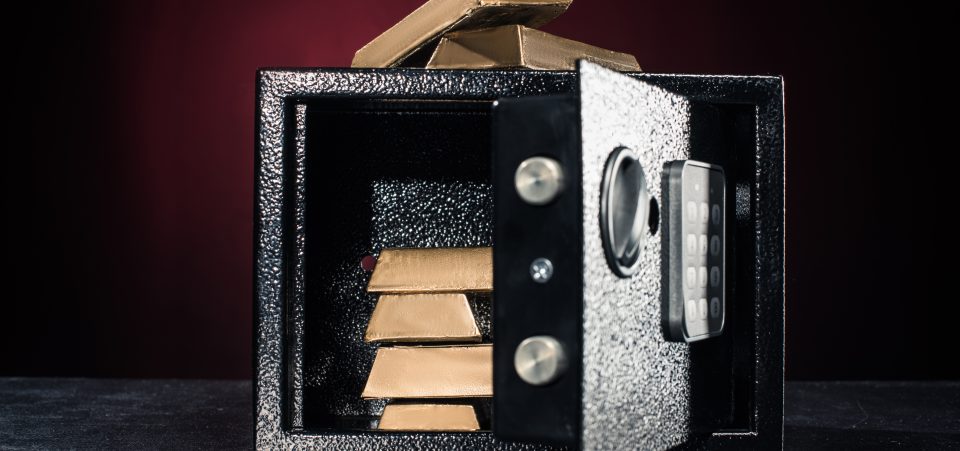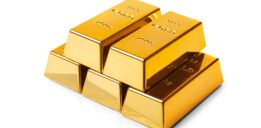Central Banks Buying Most Gold Since 2000
I can’t stress this enough: if you want to know where gold prices are headed, you must pay attention to what central banks are doing now. Currently, central banks are making a case for the price of gold to rise to $3,000 per ounce much sooner than previously expected.
While the mainstream financial press talks a lot about central banks around the world being busy raising interest rates and fighting inflation, for some reason, it completely ignores their gold buying. Maybe the gold market is something not worth talking about. Maybe it’s boring. But know this, there are fortunes to be made from the gold market in the coming years.
It wouldn’t be wrong to say that central banks are in love with gold these days. According to the World Gold Council, in the first half of 2023, central banks purchased 387 tonnes of gold for their reserves. This was the highest amount of gold bought by central banks since 2000. (Source: “Gold Demand Trends Q2 2023,” World Gold Council, August 1, 2023.)
Which central banks have been buying gold?
Over the years, it has become clear that it’s not the well-established, big central banks buying gold. It’s the smaller central banks that didn’t have the yellow precious metal to begin with but eventually realized the need for it.
In the first half of 2023, one of the most active central banks in the gold market was the People’s Bank of China (PBOC), which increased its gold reserves by 103 tonnes. Mind you, the PBOC had been buying gold for eight consecutive months (as of the end of June 2023). The total amount of gold held by the PBOC at the end of the first half of this year was 2,113 tonnes, or four percent of the total reserves. (Source: Ibid.)
Two other central banks that have been buying significant amounts of gold are the Monetary Authority of Singapore and the National Bank of Poland.
Central banks that added small amounts of gold to their reserves in the first half of 2023 include those of the Czech Republic, India, Iraq, the Philippines, and Qatar.
The European Central Bank also reported an increase of two tonnes of gold to its reserves in the first half of this year, but that was due to Croatia transferring its gold as it joined the euro area.
However, it’s important to not get fixated on the figures from the first half of 2023. Central banks have been very active in the gold market since 2010, and have been net buyers of the yellow precious metal. Smaller central banks have shown that they’re willing to buy gold at any price, and the bigger central banks that already own lots of the metal have shown they have no intention of selling it.
Will central banks continue to buy gold?
It’s likely. That’s because gold plays an important role in their reserves. The metal acts as an anchor and reduces volatility, as the majority of central banks’ reserves tend to be currencies. Over the years, volatility in the currency market has increased. As a result, the demand for gold will probably keep increasing (as will the price of gold).
How Investors Could Make the Biggest Gains From Gold
Dear reader, I track what central banks are doing very closely, and they make my bullish convictions about gold prices much stronger.
I’ll repeat what I’ve said in Lombardi Letter before: think of central banks as an elephant trying to step into a filled swimming pool. No matter how swiftly the animal gets into the pool, water will get displaced. In this case, the swimming pool is the gold market and the water is gold prices.
In the coming years, central banks could act as a major catalyst that sends the gold price to $3,000 per ounce.
Where’s the opportunity for investors?
I think gold mining companies shouldn’t be ignored. There’s some value there, and they could provide leveraged gains. However, understand that mining stocks come with a lot of risk. If there’s a period when gold prices remain flat or even fall a little, mining stocks will likely face a lot of scrutiny from investors.






